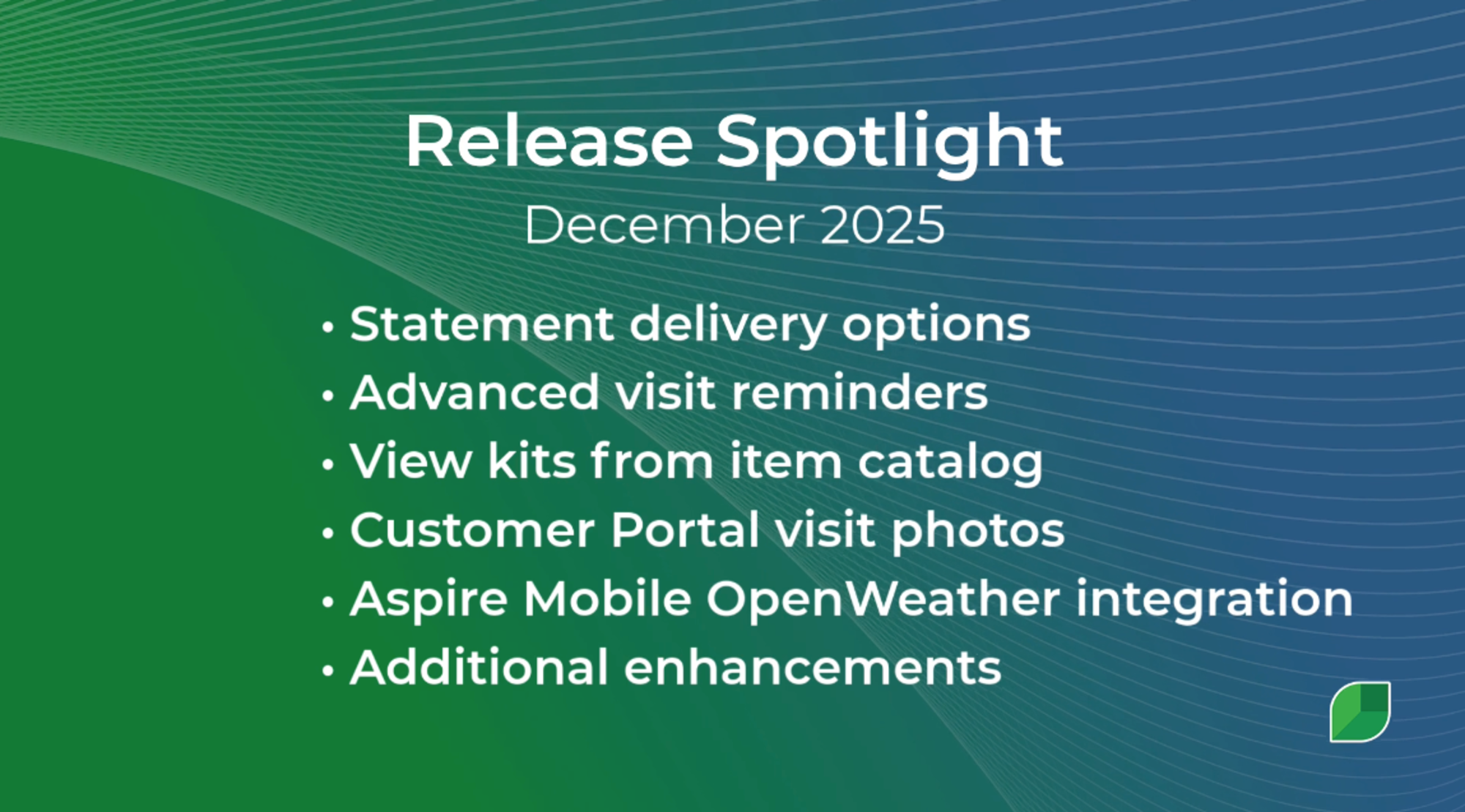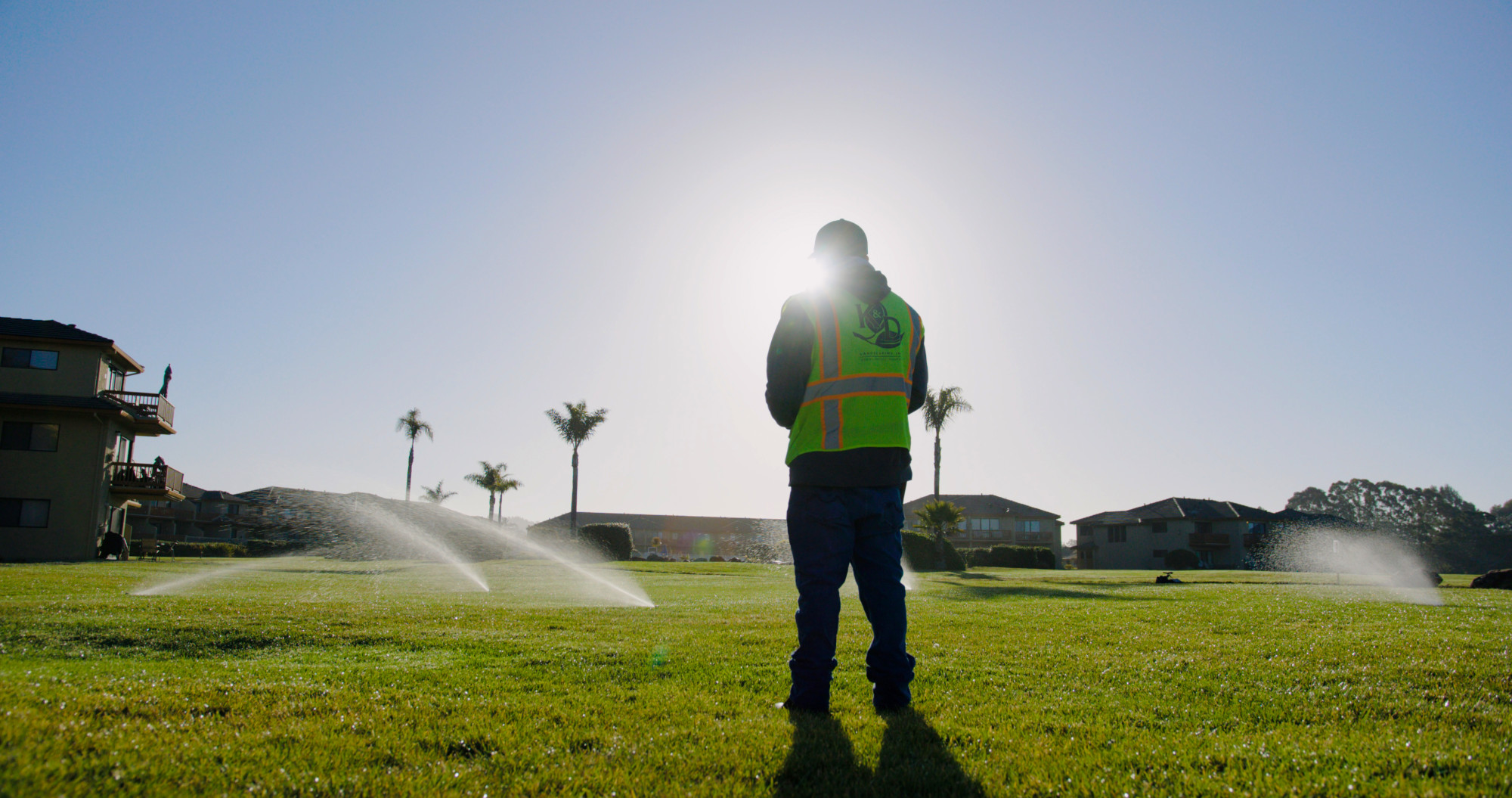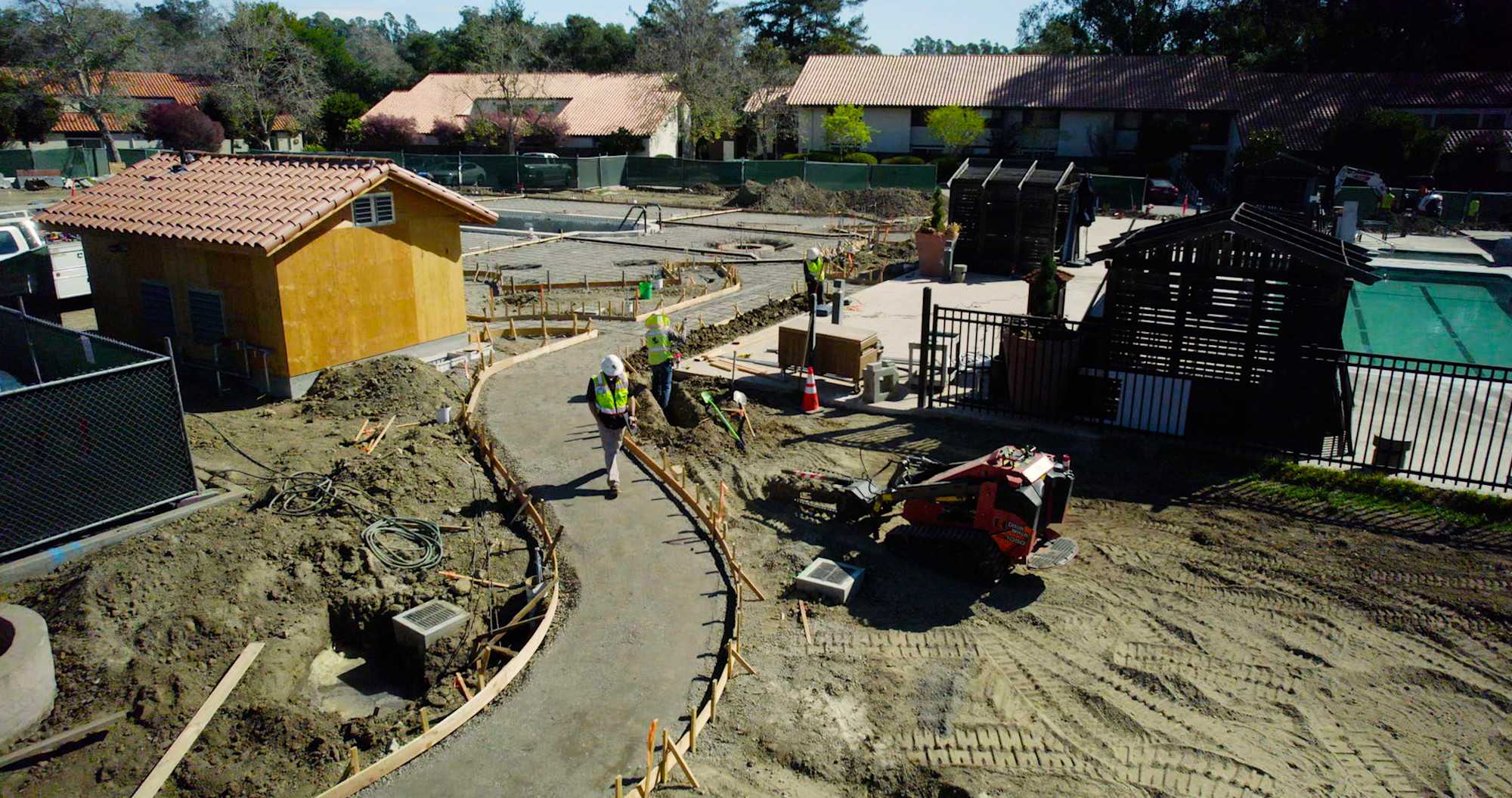In enterprise landscaping, small mistakes don’t stay small—they multiply. A missed material delivery, a late crew, or an outdated schedule might seem minor. However, across multi-crew operations spanning cities and regions, those errors escalate rapidly.
For businesses managing complex commercial contracts, the hidden cost of operational fragmentation is what we refer to as the error tax.
It doesn’t appear on your P&L—but it quietly chips away at your EBITDA through rework, lost time, and missed revenue.
At the $15M+ level, precision isn’t about perfectionism—it’s about protecting profit. Let’s look at where the errors start—and how to stop them.
The Cost of Small Mistakes at Scale
At the enterprise level, every detail counts.
When you’re managing crews, schedules, and clients across regions, even the smallest error can trigger a costly chain reaction.
The Snowball Effect Across Operations
Consider how a single missed material delivery can trigger a costly chain reaction:
Supplier delays lead to idle crews, which
Pushes jobs behind schedule
Forces overtime costs, and
Ultimately, this results in frustrated clients.
Similarly, a single mislabeled change order can spiral into billing disputes that slow collections, strain cash flow, and damage long-term client relationships.
Even something as seemingly minor as an outdated crew schedule can double-book equipment, stall job progress, and trigger penalty clauses that directly impact your margins.
While these issues might appear manageable in isolation, they rarely occur alone in a $15M+ landscaping operation. Instead, they compound and amplify each other, creating operational chaos that erodes profitability across multiple job sites, crews, and client contracts simultaneously.
The Mathematics of Multiplication
The mathematical reality of enterprise landscaping operations is stark:
Dozens of job sites × hundreds of employees × multiple client types = thousands of chances for small errors to scale.
Each additional variable—whether it's a new crew, another client contract, or an expanded service area—doesn't just add to your operational complexity; it multiplies your risk exposure.
Manual data entry becomes a critical liability at this scale, as every spreadsheet cell, email handoff, or paper note represents a potential leak in your profitability system. The problem compounds further when regional teams develop their own workarounds to address these inefficiencies.
While these localized fixes may seem helpful in the moment, they actually exacerbate operational inconsistencies across your organization and obscure the real source of systemic problems.
→ Volume doesn't just increase your revenue potential—it dramatically increases the financial impact of every mistake, turning minor oversights into major profit drains.
The Invisible Cost Structure
The actual financial impact of operational errors extends far beyond what appears on your income statement, creating a complex web of costs that quietly erode your bottom line.
→ Direct costs hit immediately and visibly—rework labor when jobs need to be redone, material rush fees when orders go wrong, overtime expenses when schedules fall behind, and corrective labor to fix preventable mistakes. But these obvious expenses are just the tip of the iceberg.
→ Indirect costs create deeper, more persistent damage through client frustration that threatens contract renewals, delayed billing that strains cash flow, and operational inefficiencies that compound over time.
Perhaps most damaging are the strategic costs that divert your leadership team's energy and focus away from growth initiatives.
When executives spend their time firefighting avoidable problems instead of developing new markets, securing larger contracts, or building competitive advantages, the opportunity cost becomes enormous.
Every operational error carries a hidden multiplier effect, so seemingly small mistakes are far more expensive than they initially appear and create a continuous drain on resources that should be driving expansion and profitability.
Industry Reality Check
Enterprise landscaping operations cannot afford to operate on "close enough" standards when managing multi-million-dollar contracts across regions.
Every manual handoff in your processes increases the chance of errors exponentially, creating compounding risk that grows with your business scale.
The harsh reality is that as your operation grows larger, the cost of individual mistakes becomes more significant, not just in direct expenses but also in the cascading effects on crews, schedules, and client relationships.
At the $15M+ level, operational precision isn't about perfectionism; it's about protecting the profit margins that fuel your growth and competitive position in an increasingly demanding market.
TruCo Services used Aspire’s unparalleled system visibility to eliminate 3,000–5,000 hours of unallocated time, turning operational blind spots into measurable profit.
Fragmentation = Financial Sinkholes
Disconnected systems don’t just create admin headaches—they quietly drain your profitability: each slight inefficiency, left unchecked, compounds across regions, departments, and client contracts. The longer you rely on siloed tools, the more you incur costs in the form of rework, delays, and lost revenue.
The Ripple Effect of Disconnected Systems
Payroll mismatches Labor logs don’t align with timekeeping systems. Admins spend hours chasing missing hours, correcting mistakes, and rebuilding reports. Incorrect pay leads to distrust and rising turnover—an expensive cycle.
Scheduling conflicts Double-booked crews and unavailable equipment result in missed deadlines, last-minute rescheduling, and unhappy clients. Without shared visibility, one team’s mistake becomes everyone’s fire to put out.
Billing discrepancies Inaccurate job costing data makes its way into invoices, triggering disputes. Clients delay payment or demand discounts. Cash flow takes the hit while your team scrambles to reconcile numbers.
Over time, these errors result in thousands of hours and potentially millions of dollars in lost revenue, none of which appear neatly on a profit and loss statement.
The Trust Erosion Factor
Operational errors don't just create immediate financial costs—they systematically erode the trust relationships that underpin your entire business model.
When clients:
✕ Receive late reports
✕ Encounter inconsistent numbers
✕ Experience missed services
Their confidence in your operation weakens, transforming routine renewal conversations into contentious negotiation battles where you're defending your value rather than expanding it.
Internally, unreliable data creates a culture of skepticism, where your own team stops trusting the systems and information they need to make effective decisions, leading to more guesswork and, inevitably, more mistakes.
These trust gaps create a vicious cycle where each breakdown makes future errors more likely and more expensive, as damaged relationships require additional time, resources, and concessions to repair—costs that compound far beyond the original mistake.
Aspire’s Data Synchronization Approach
Aspire's integrated business management platform eliminates operational fragmentation that plagues enterprise landscaping companies by connecting every aspect of your business—from scheduling and job costing to payroll and invoicing—into a single, unified system.
Instead of juggling data silos and struggling with communication gaps from multiple disconnected tools, Aspire keeps your entire operation synchronized in real time. Cloud-based, end-to-end software doesn't just streamline workflows; it fundamentally transforms how errors are prevented, detected, and resolved across your organization.
Single source of truth Everyone works from the same live, centralized data, removing version control issues and miscommunication.
Automated workflows Scheduling, job costing, payroll, and invoicing connect seamlessly, cutting hours of manual effort and data re-entry.
Audit trails Track every change and action with complete visibility, improving accountability and simplifying troubleshooting.
Unified data protects profit margins.
Early Detection is a Profit Preserver
The most expensive mistakes aren’t the ones you see—they’re the ones you miss until it’s too late. At the enterprise scale, even minor oversights can cascade into costly operational failures.
That’s why early detection isn't a luxury—it's a profit strategy.
The Financial Smoke Detector Concept
Just as smoke detectors save lives by catching fires before they become disasters, early detection systems in enterprise landscaping operations save profits by identifying problems before they cascade into costly operational failures.
Catching errors early costs pennies in system alerts and quick corrections, while fixing them after they've cascaded through payroll, scheduling, or invoicing costs thousands of dollars and damages the trust relationships that sustain your business.
Unified software systems act as your operational smoke detectors, automatically flagging inconsistencies the moment they occur—before they reach clients or impact cash flow. This proactive approach transforms your data from a passive record-keeping tool into an active profit protection system that works continuously to safeguard your margins.
With platforms like Aspire, data isn’t passive—it works for you, 24/7, to identify potential profit loss.
Precision Landscape Management’s Turnaround
Precision Landscape Management didn’t know they were operating at a net-negative profit—until Aspire’s automated reporting exposed the truth.
Before Aspire, they relied on delayed reports and manual review, missing red flags until the year-end close. Once they implemented integrated software, they gained real-time visibility across job costs, team output, and service delivery.
“It tells you a story,” said Maintenance Division Director Brian Gray. “I need to put more pressure on production. I need conversations with our account managers.”
After implementation, they reported a 6 to 7% net profit on $8.5 to $9 million in revenue—a complete reversal driven by clarity and control.
The Strategic Advantage
Proactive management Spot and resolve issues before they spiral out of control for clients, crews, or costs.
Competitive differentiation Reliability becomes your reputation—and a reason clients renew and refer to you.
Scalable confidence Self-monitoring systems support expansion without multiplying risk.
Early warning systems protect more than performance—they protect your margins.
Run the Math: What Are Errors Really Costing You?
Errors at scale don’t just dent your P&L—they quietly drain your EBITDA in ways spreadsheets can’t always show.
To see the whole picture, you need to follow the ripple effect. A missed material order becomes crew downtime. A billing error triggers a delay in collections. A safety violation risks penalties and lost contracts.
These aren’t theoretical losses—they’re buried in your daily operations.
The "Error Tax" You're Paying Isn't a Line Item on Your P&L
Not "Can we afford better systems?" but "Can we afford to keep bleeding profit to preventable mistakes?"
“Error tax” is embedded in every inefficient process, every manual handoff, every system that doesn't talk to the others. While you're fighting fires, your competitors are building fireproof operations.
Precision Landscape Management transitioned from a net negative to a reported 6 to 7% profit margin. Par 3 turned status meetings into strategy sessions. These aren't lucky breaks—they're the predictable result of replacing guesswork with unified systems.
Want to stop losing money to preventable errors? Download the free eBook, The Hidden Profit Killer: How Disconnected Systems Stall Landscaping Growth, for more case studies and assessment tools to discover what fragmentation is really costing you.
Ready to replace the error tax with error-proof growth? Schedule a custom demo of Aspire’s best-in-class software.







